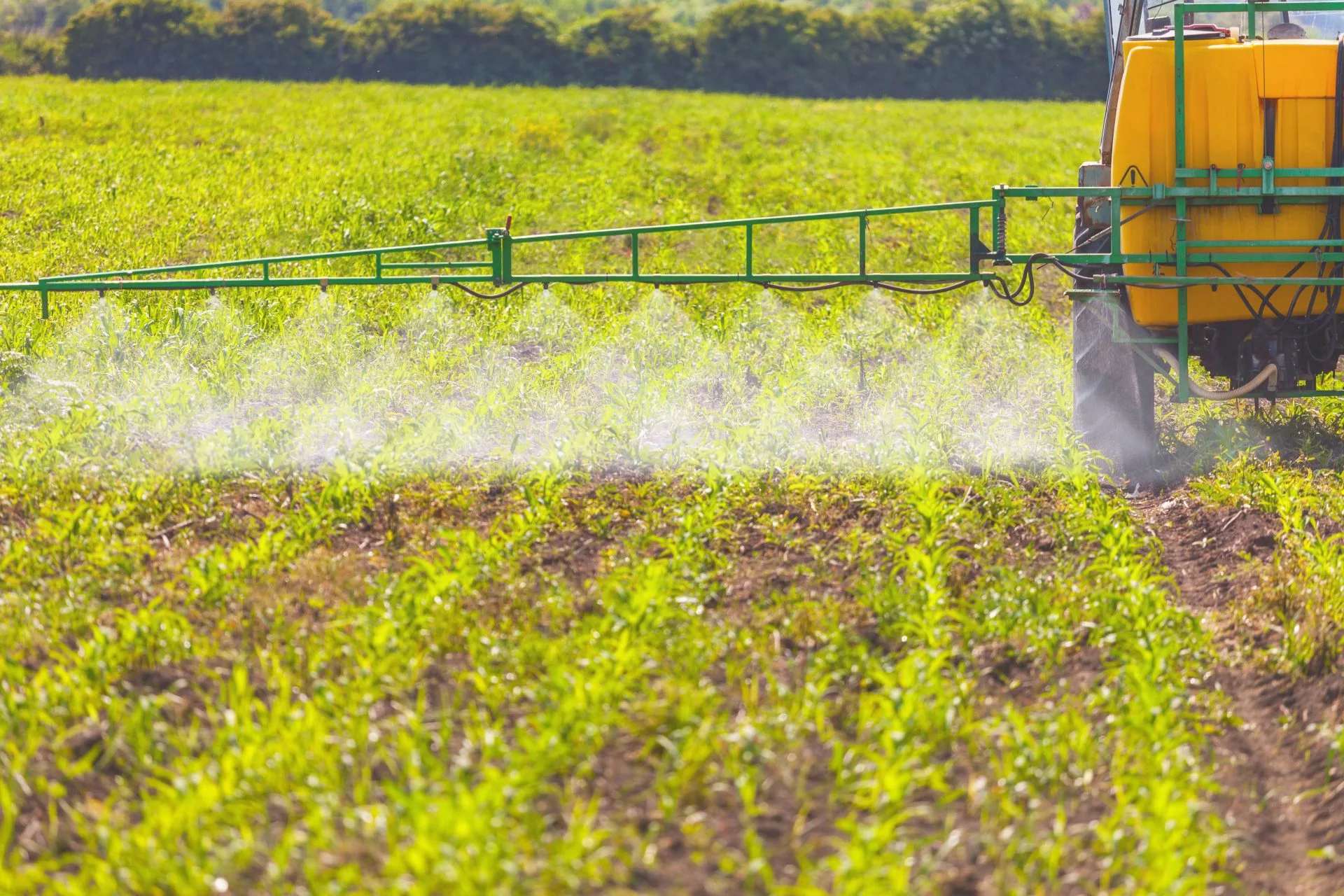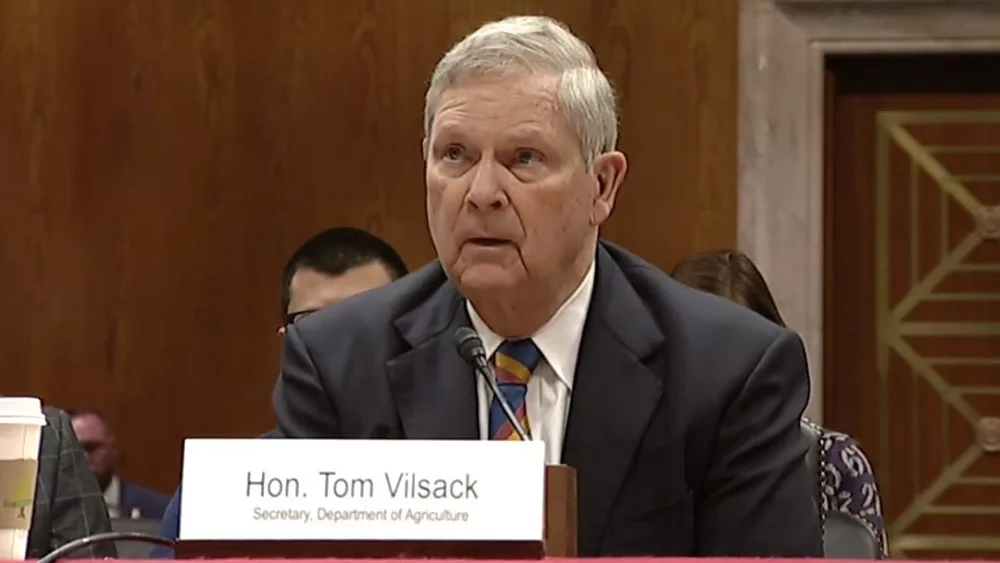PFAS is a group of man-made chemicals that are found on products that are water-resistant, oil resistant, or stain resistant. It’s leached its way into water systems, and is a growing concern for dairy farmers.
PFAS is an emerging contaminant, meaning we might not know its health effects, but it’s in the environment. According to Senior Environmental Engineer Matt Schroeder with the Dragun Corporation, there’s two reasons PFAS is getting more notice in the last decade.
“One is that we’re able to test for it at much lower levels,” said Schroeder. “We’re able to see it in the part per trillion level. The other part is that as we look for it in more places, we’re finding it in more places. We’re seeing it’s ubiquitous in the environment.”
Because of its versatility, PFAS can be found in a variety of products and places. Many of them we encounter on a daily basis.
“It’s in our rain gear, our camping gear, our carpets that are stain resistant,” said Schroeder. “It’s actually in our food packaging where protection from grease is needed. It’s even in things like cosmetics, sunscreens, and dental floss. Because we come in contact with so many of those things, everyone across the world has some level of PFAS in their blood.”
In 2019, there have been two stories of dairy farms that have been contaminated with PFAS. One in New Mexico, and one in Maine.
“The one in New Mexico was near to a military base that has a known PFAS problem,” said Schroeder. “The water this dairy was using for their operation was contaminated with PFAS at high levels.” The dairy in Maine, didn’t have an obvious source of where PFAS was coming from. It was discovered PFAS was coming into their herd from biosolids applied to fields.
Compared with other states, Schroeder says Michigan is taking a proactive approach in testing for PFAS, and they know where it is.
“The state went out and tested all the drinking water supplies in the state, and they asked all the wastewater treatment plants to test to see if they were putting out PFAS,” said Schroeder. “That’s been a way we’ve found a lot of sources of PFAS in the environment.
Schroeder says for dairy farmers, the missing piece is what level of PFAS in biosolids should farmers be worried about.
“Michigan is doing research into that right now,” he said. “From a standpoint of any given dairy, they may want to look around at their neighbors, especially if they have some industry around, and see if there’s any potential sources of PFAS in their area.”
Earlier this month, Michigan was awarded a $4 million federal grant to test how much PFAS is in the blood of an average Michigan resident.






